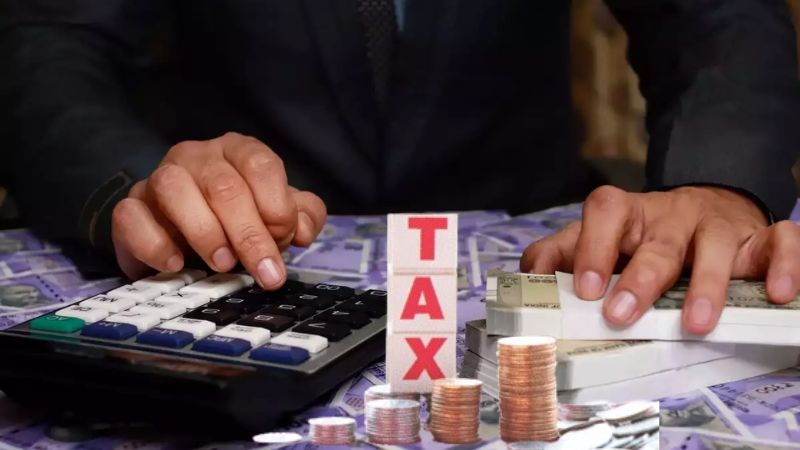The number of high-income taxpayers, especially crorepati taxpayers, with earnings over ₹1 crore has climbed dramatically over the last three years, from 2021 to 2024. It’s interesting to note that in only the last three years, India has welcomed 100,000 new crorepatis. Despite the many economic difficulties during the COVID-19 epidemic, this shows an increasing shift in income profiles. Based on the income-tax department, the number of individuals earning over ₹1 crore has exceeded 220,000 and that’s a fivefold increase in a decade.
The credit for this incredible feat of a sharp increase in the crorepati taxpayers across the length and breadth of the nation can be attributed to the following reasons –
Booming Stock Market and Capital Gains: The Indian stock market’s strong performance, which saw significant growth, is one of the main causes of this surge in crorepati taxpayers.
The BSE Sensex has surged from 29,000 in FY2019-20 to over 79, 400 as of 11th November 2024. Long-term investors have gained immensely from this rally in market indices and generated massive capital gains for most others. Many executives and investors have witnessed their income levels surge over ₹1 cr for the first time because of these windfall gains.
High Corporate Profits and Large Bonus Payouts: The prudent sector and industry’s robust profitability, particularly during the pandemic months, have raised the income levels of senior executives. Businesses in technology, green energy, and real estate recorded impressive financial performances that translated into larger-than-usual bonus payouts, thrusting many salaried professionals into the higher income tax bracket.
Aggressive Talent Poaching and Increased Salary: The post-Covid period is characterized by aggressive talent poaching by companies, which has resulted in mid-year salary increases to the tune of 20% to 30%. The corporates, who were experiencing a talent crunch during the “Great Resignation,” would now offer such high salaries to retain and grab experienced professionals. This is more apparent in emerging sectors like AI-based technology, professional services, and startups, for which there is manifold demand for experienced talent.
Strict Taxation with Data Analytics: Advanced data analytics within the income-tax department, accompanied by meticulous matching of disclosures, has been one of the primary reasons for such identification. This led to classifying those who did not present correct income figures for scrutiny and increased vigilance. Better compliance and, in many cases, an upward revision of declared incomes followed.
Dividends in Individual Hands: One of the principal changes introduced with FY2020-21 is that the tax treatment of dividends has been reversed. The taxpayer companies were liable to pay the DDT, and now under the new provisions, it is taxed directly in the hands of recipients at their relevant tax rates. The policy change to help Indian equity make the market more attractive has found quite an unexpected consequence. It pushed a large number of people into the ₹1 crore-plus tax bracket, particularly those who have been reaping large dividend payouts.
Another critical contributing factor would be the government’s dispute resolution scheme, ‘Vivad se Vishwas‘. The scheme was meant to tackle the long-pending tax litigation issues and gave taxpayers a chance to declare their incomes and settle disputes with reduced penalties. The initiative has been accompanied by a significantly rising number of taxpayers, increased tax collection, and further contributions to crorepati taxpayers.
A recent study by SBI Research noted that overall trends indicate a decline in income inequality. It does so by pointing out that a large number of taxpayers who were formerly part of the lower-income brackets have seen their incomes increase and, therefore, moved up on the income ladder.
For instance, in FY2022, 43% of individual income taxpayers whose yearly income in FY2014 was less than ₹4 lakh moved out of the lowest income category. This means that the income distribution curve is moving to the right.
The rise in crorepati taxpayers, which gained momentum with a strong stock market, high corporate profitability, and ongoing talent competition, is likely to continue. Direct taxation of dividends may also continue to affect the composition of high-income earners.
A telling story of India’s tax data and an interesting feature of the country’s economic phenomenon is the continued growth of a pool of super-rich taxpayers, but alongside this, there is a broad upward income mobility of the lower-income groups.
